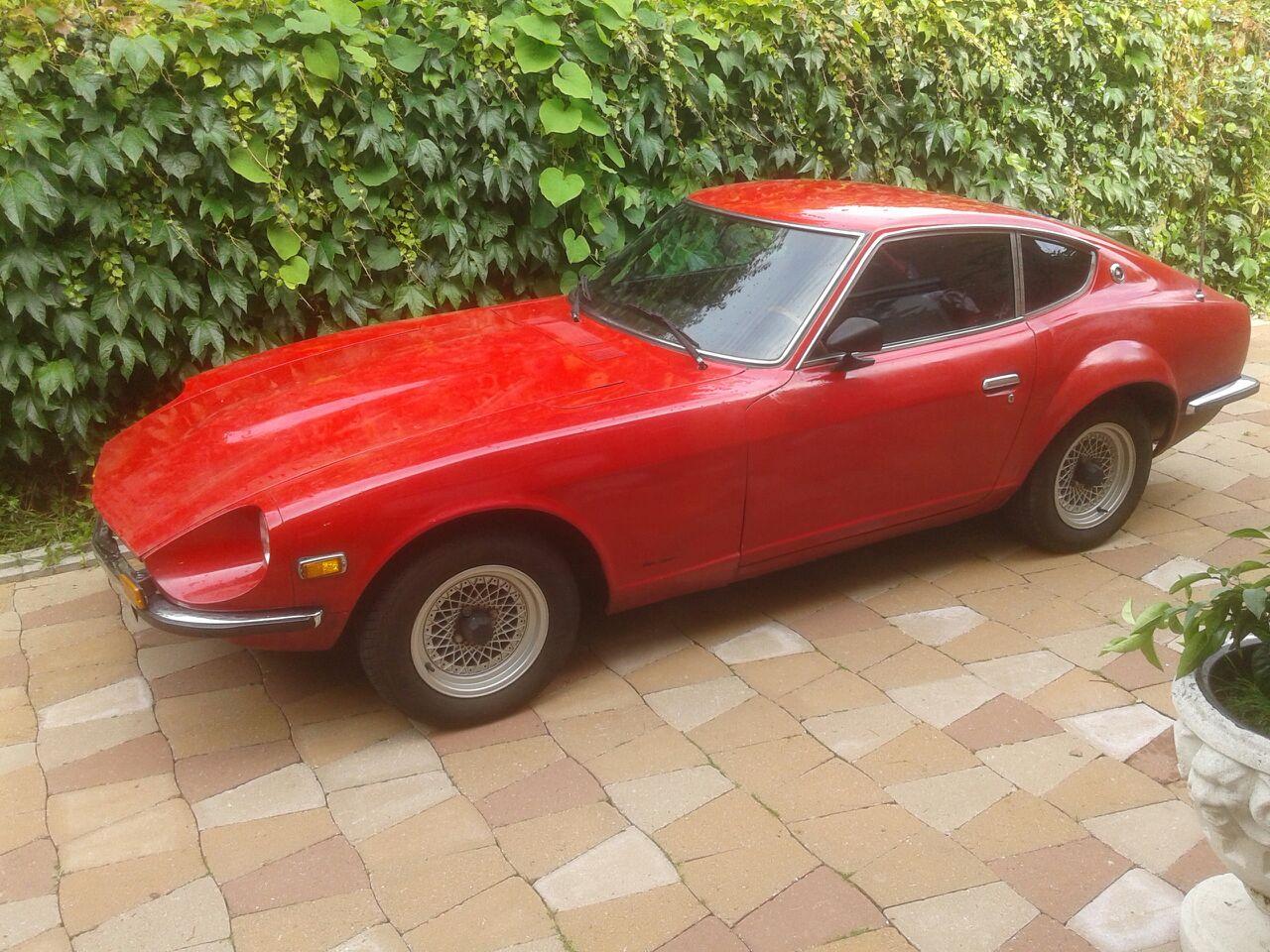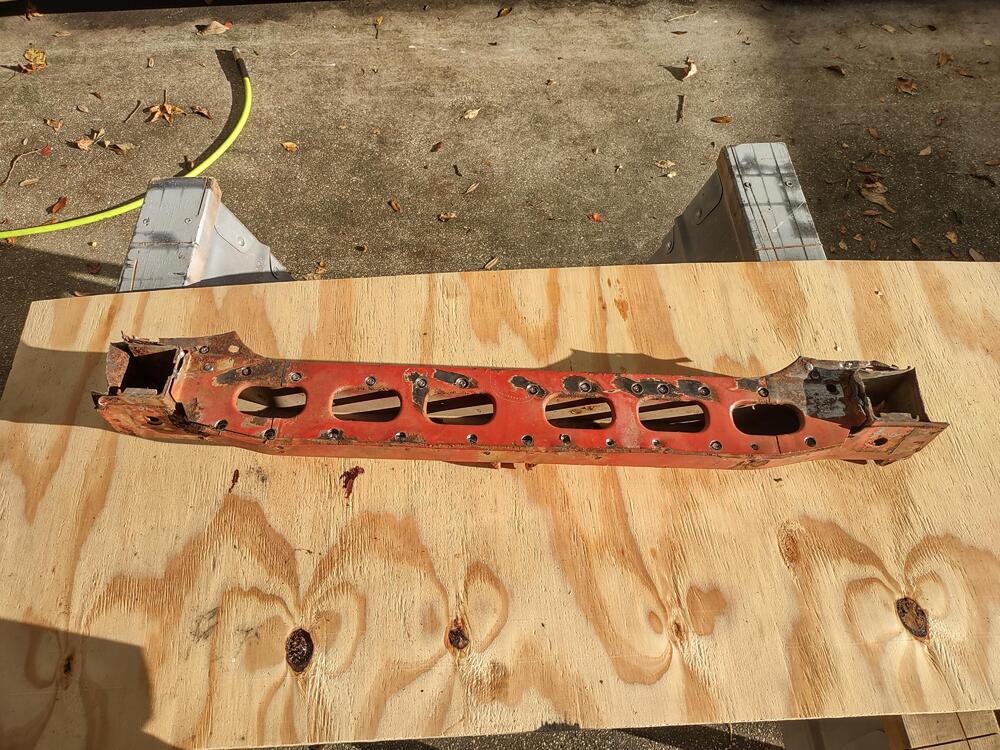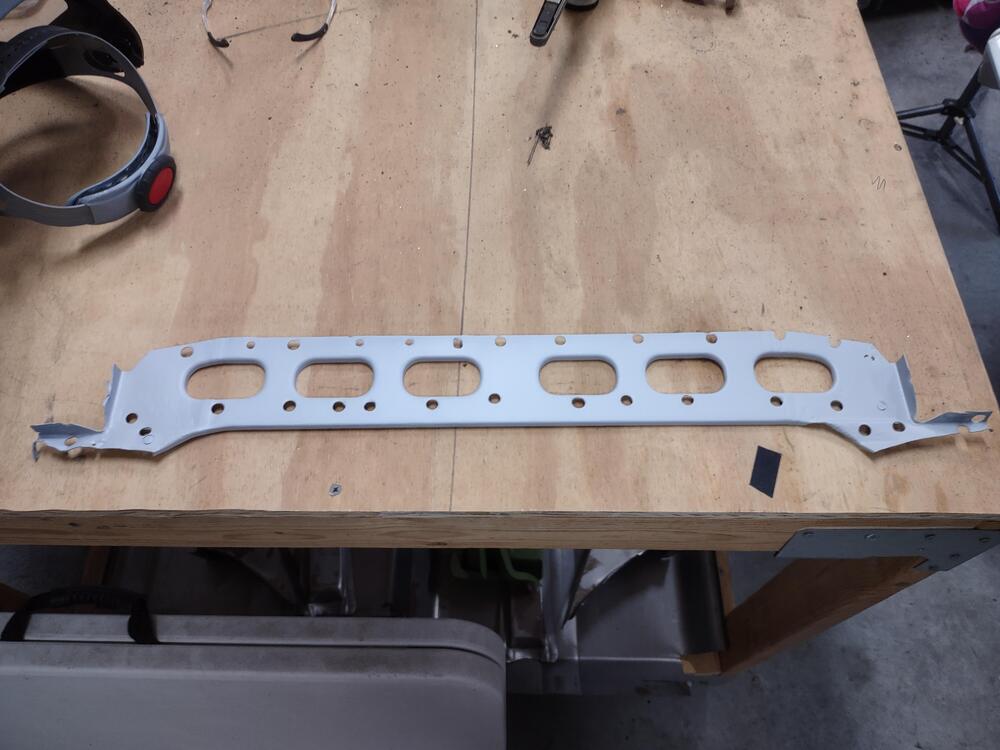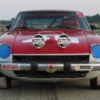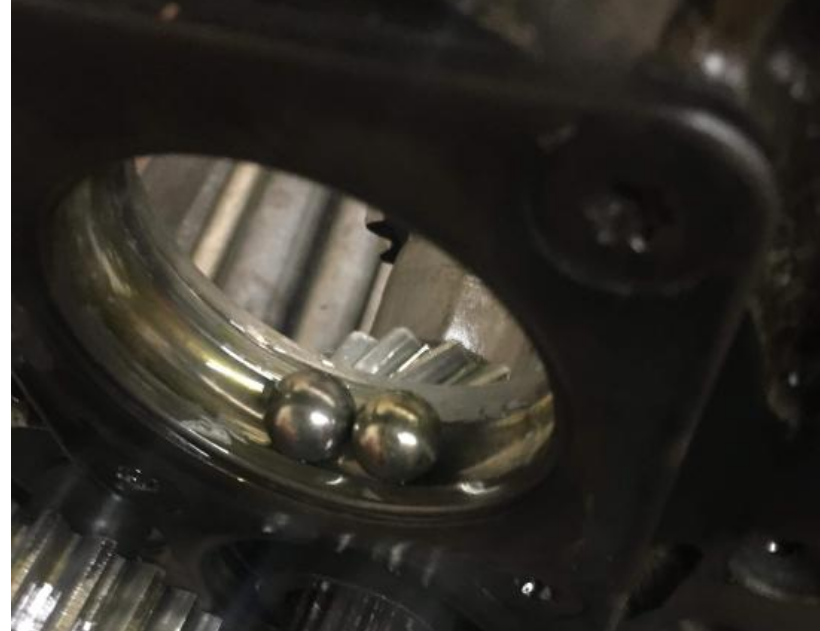Testing your springs. Per my previous post, I'm in the process of a resto on a 73 Z. Currently working on the front suspension, replacing / rebuilding everything that I can. I wanted to change the springs but found limited options. Chevelle springs seemed the most viable option but entailed a lot of "trial and error" work. And, as you know, each time you put them on and take them off it's a real PIA. Especially since the car is on a rotisserie and completely disassembled. I wouldn't be able to get any real information until the engine, doors, hood, hatch ,etc were back on and the full weight of the car was on the springs. So, I decided to test the existing springs to see if they even needed replaced. Years ago,when I worked as an auto mechanic, rarely did we need to replace springs unless they were cracked or broken. So here is what I did:
Needed : A hydraulic press, a bathroom scale (an old analog spring style, not an electronic digital), a yard stick, a piece of stiff wire (welding rod or coat hanger), some short pieces of flat bar for steel shims, couple pieces of wood" and a ratchet strap (optional, for safety).
Set Up: Cut a piece of 3/4" plywood a little bigger than your scale and set it on your press. Set your scale on the plywood
Set your spring on the scale. Because of the way the spring is cut, it will not set level on the scale. Place the metal shims between the spring and the scale until it sets level.
Use the top spring cover from your strut and place it on the top of the spring.
Fasten the yardstick to the press vertically alongside the spring
Use the stiff wire to create a pointer and attach it to the spring (I used magnets to hold it in place, but duct tape will work too). Be sure to make the pointer long enough to reach the yardstick
Place a small block of wood on the top spring cover and lower the press ram just enough to hold everything in place.
If you prefer, wrap a rachet strap around the press to catch the spring should it decided to kick out (optional)
The Test: Before proceeding record the reading on the scale (or adjust it to zero if possible).
Also record where the spring pointer is pointing on the yardstick
Check the spring specification in the service manual. I was working on the front springs and the rating was 83 pounds / inch
Wear safety glasses (just in case)
Slowly operate the press watching the spring pointer against the yardstick. Continue to operate until the pointer has moved one inch from the starting point. Then stop.
Record the reading on the scale. Subtract your starting scale reading from your finish reading. This will be your rating per inch.
In my case the reading was 92 pounds. Since spec is 83. I figured I'm good. A little red spray paint, and the look great. Saved a lot of time and money. Hopefully the rears will be good too.
BTW: Be sure to mark left and right springs when you take them off, they are different lengths. The ratings are the same on both sides.
 Subscriber
Subscriber 4Points11,142Posts
4Points11,142Posts Subscriber
Subscriber 4Points2,228Posts
4Points2,228Posts